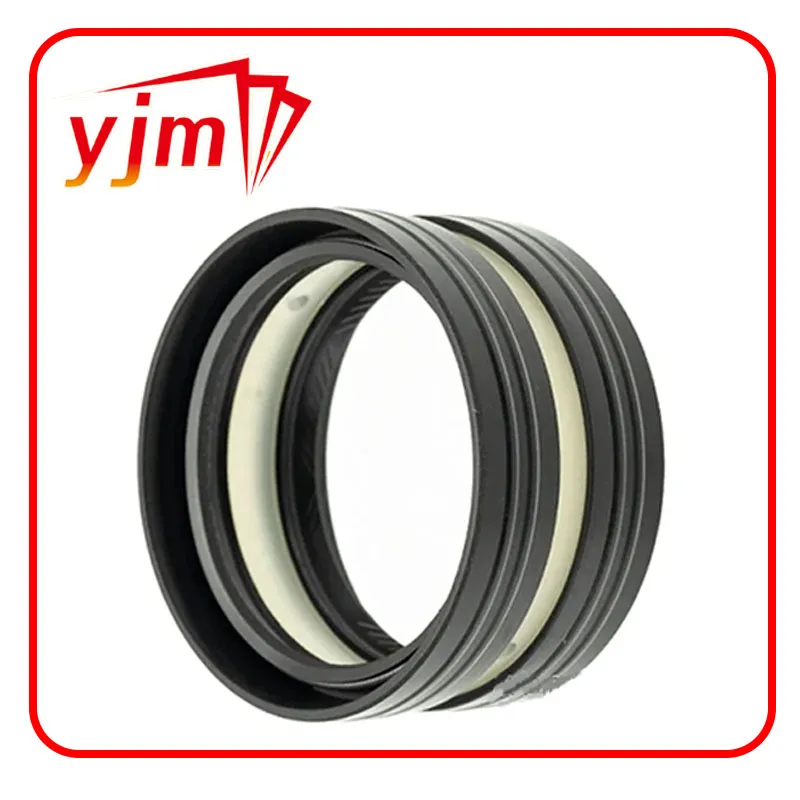engine crank seal
Understanding Engine Crank Seal Importance, Symptoms, and Replacement
The engine crank seal, a critical component of an internal combustion engine, plays an essential role in maintaining engine performance and efficiency. Positioned at both the front and rear of the engine, these seals are designed to prevent oil leaks from the crankshaft, which is vital for the lubrication and overall functioning of the engine. Over time, factors such as heat, friction, and oil degradation can lead to wear and tear of the crank seals, resulting in significant issues if left unchecked.
Importance of the Engine Crank Seal
The primary function of the engine crank seal is to keep engine oil contained within the crankcase while allowing the crankshaft to rotate freely. By doing so, the crank seals help maintain the necessary oil pressure, ensuring that all moving parts of the engine are adequately lubricated. This lubrication minimizes wear and tear on the engine components, enhancing their longevity and functionality.
Furthermore, the crank seal also plays a role in preventing contaminants from entering the engine. Dust, dirt, and debris can cause severe damage if they infiltrate internal components. A properly functioning crank seal creates a barrier that protects the internal environment of the engine, contributing to its efficiency and performance over time.
Symptoms of a Failing Crank Seal
Identifying a failing or damaged crank seal early can save vehicle owners from expensive repairs and prolonged downtime. Some common symptoms indicating a potential issue with the crank seals include
1. Oil Leaks The most noticeable sign of a failing crank seal is oil leaking from the engine. These leaks often occur at the front or rear of the engine, and in some cases, they may even drip onto the ground. Oil puddles beneath the vehicle can be a clear indication of a seal failure.
2. Increased Oil Consumption If you find yourself frequently adding oil to your engine, it could be a sign of a faulty crank seal. As the seal deteriorates, engine oil can escape, leading to reduced oil levels and requiring more frequent top-ups.
3. Unusual Engine Noise A damaged crank seal can result in engine noise that was previously absent. This may include knocking or tapping sounds, which can indicate that the crankshaft and other components are not adequately lubricated.
4. Carbon Build-up A failing crank seal can allow an excessive amount of crankcase pressure, leading to oil being pushed into the combustion chamber. This can result in carbon build-up on spark plugs and other engine components, further deteriorating performance.
engine crank seal

5. Check Engine Light In some cases, a failing crank seal may trigger the check engine light. Modern vehicles are equipped with various sensors that can detect abnormal pressure levels or oil leaks, prompting the dashboard warning.
Replacement of the Engine Crank Seal
If you suspect that your engine crank seal is failing, addressing the issue promptly is essential. Ignoring the problem can lead to more severe damage to internal engine components, resulting in costly repairs. Here is a general overview of the replacement process
1. Diagnosis A certified mechanic should diagnose the concern through visual inspection and possibly by performing an oil pressure test. This will help confirm whether the crank seal is indeed the source of the problem.
2. Removal The mechanic will typically need to remove certain components, including the crankshaft pulley, timing cover, and possibly even the transmission (for rear crank seals). This step requires careful handling to avoid damaging other parts.
3. Replacement Once the old seal is accessed, it can be carefully removed and replaced with a new one. It is crucial to ensure the new seal is installed correctly to prevent future leaks.
4. Reassembly After replacing the seal, the mechanic will reassemble the removed components, ensuring everything is torqued to the manufacturer's specifications.
5. Testing Finally, the engine should be tested for leaks and proper operation post-replacement.
Conclusion
The engine crank seal is a small yet vital component that plays a significant role in engine performance. Regular maintenance and prompt attention to signs of failure can help ensure your vehicle operates smoothly and efficiently. If you suspect issues with your crank seals, consult a professional mechanic to avoid larger problems down the road.
-
Understanding the Front Main Engine Seal: Purpose, Maintenance, and Installation
News Jul.29,2025
-
Understanding O-Rings and Seal Rings: Types, Applications, and Custom Solutions
News Jul.29,2025
-
Understanding Crankshaft Oil Seals: Rear Seals, Pulley Seals, and Their Role in Engine Integrity
News Jul.29,2025
-
The Importance of Front and Rear Crankshaft Seals in Engine Performance and Oil Management
News Jul.29,2025
-
Crank Oil Seals: Functions, Types, and Cost Considerations in Engine Maintenance
News Jul.29,2025
-
A Comprehensive Guide to O-Rings and Seals: Types, Materials, and Global Applications
News Jul.29,2025
-
Mastering Diesel and Performance Engine Maintenance: A Guide to Critical Oil Gaskets
News Jul.28,2025
Products categories















